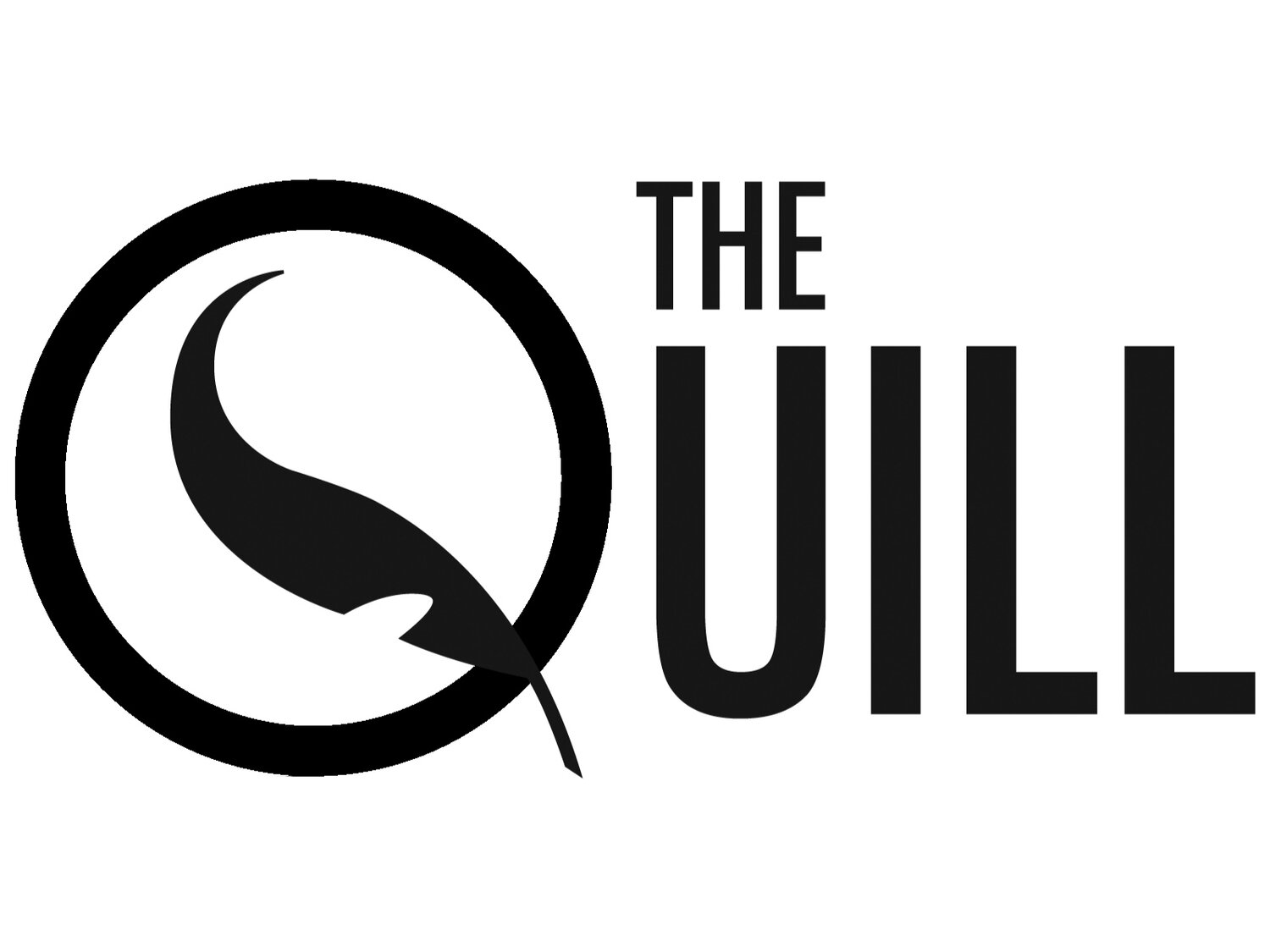If you have done your work right through the semester, the final week of the term should leave you with 1 paper to write---and it should be the shortest one that needs to be done. After all, if you have written a steady diet of 3000+ papers all semester or term, that 1500-word essay should be a piece of cake to write. There are a couple of things you may work on before putting pen to paper (or in my case) fingers to the laptop.
1. Have as quiet an atmosphere as is possible
This may be a little more difficult to do in some circumstances (sharing a dorm room); but if you have been diligent, you will know places within the school to focus on what you are trying to do. The next point may seem to be a little contradictory, but when you have written as many papers as I have, (in more short notice situations than I will ever care to admit) this can be done.
2. Find the right music to help with writing the paper.
I will work to find the right music to help me write that paper. I will not divulge what music I use to write a paper, but whatever music you can use to stimulate your thoughts will make your writing experience far more enjoyable.
3. Make sure the paper is the shortest paper to write and is in a subject you enjoy studying.
This would be similar to writing the shortest question with the fewest marks attached to
it on an exam. You’ve already spent most of your time on the hard stuff and now its time to finish off strong! With most of the marks in your back pocket in the last 15 minutes of the exam, that 3 or 5 mark question should be easy to answer and build up your final grade. If that final paper is in that one class you enjoy every time you come to the university, it will be easy to find a topic to write about, and the words will fly onto the paper (or computer screen) faster than for any other topic. The thoughts will come faster than your pen or fingers can get them down.
3. It may be necessary to have a means to stimulate your brain, but not to the point that you
may have to do a quick turn-around for a morning class.
I hope that these ideas will help you write that final paper in the last days of the semester. Have a great holiday, and here’s to a great 2019.
N.B. Mr. Nobody is a nom-de-plume for a senior student; whose identity is known only to the Editor.
